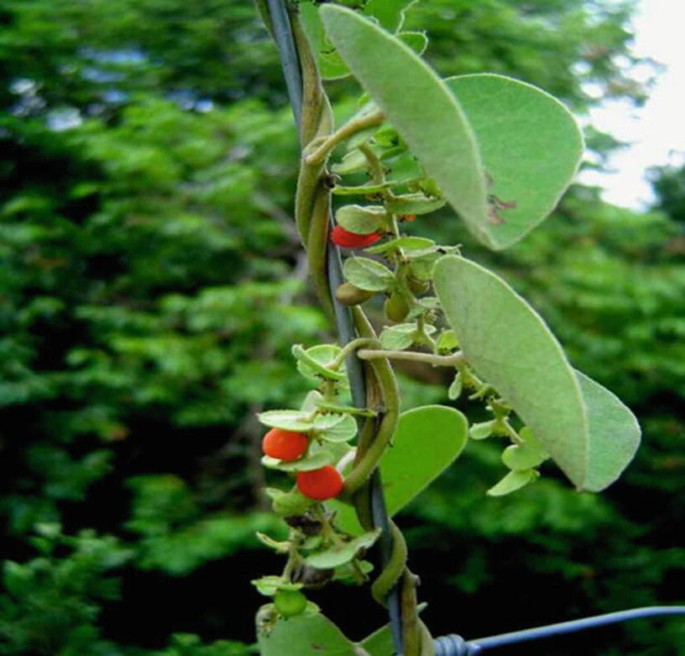- This topic is empty.
- AuthorPosts
- March 28, 2025 at 6:49 pm #611506

Sida acuta, commonly known as wireweed or broomweed, is a plant widely distributed across tropical and subtropical regions, including Nigeria, particularly in areas like Onitsha, Anambra. For generations, traditional healers in Nigeria have utilized this plant for its therapeutic properties, especially in managing inflammatory conditions and pain.
Exploring the traditional and contemporary applications of Sida acuta in managing inflammatory conditions and pain, Nigeria reveals a rich history of use and an emerging body of scientific evidence supporting its efficacy. This article will delve into the traditional uses of Sida acuta for these ailments in Nigeria and examine the contemporary research that seeks to validate these applications.
1. Historical Use In Nigerian Traditional Medicine
Across various ethnic groups in Nigeria, Sida acuta has a long history of use in traditional medicine for alleviating pain and reducing inflammation. Different parts of the plant, including the leaves, roots, and stems, are prepared in various ways, such as decoctions, poultices, and infusions, to treat a range of ailments.
Conditions like rheumatism, arthritis, headaches, and muscle aches are commonly addressed using Sida acuta. The plant is also used to manage inflammation associated with wounds, infections, and injuries. This widespread traditional use across Nigeria underscores the perceived effectiveness of Sida acuta in managing these health issues.
2. Traditional Preparations And Administration Methods
The methods of preparing and administering Sida acuta in Nigerian traditional medicine are diverse and often specific to the ailment being treated. For pain relief, decoctions of the leaves or roots are frequently consumed orally. Poultices made from crushed leaves are applied topically to reduce inflammation and pain associated with boils, swellings, and sprains.
Infusions of the plant may be used as washes for wounds or taken internally for systemic pain relief. The knowledge of these preparations and administration methods has been passed down through generations of traditional healers and remains a significant part of indigenous healthcare practices in Nigeria.
3. Contemporary Scientific Research On Anti-Inflammatory Properties
Modern scientific research is beginning to validate the traditional claims regarding the anti-inflammatory properties of Sida acuta. Studies have investigated the plant’s extracts and isolated compounds, demonstrating significant anti-inflammatory activity in laboratory settings and animal models.
These studies suggest that Sida acuta may contain phytochemicals that interfere with inflammatory pathways in the body, potentially inhibiting the production of inflammatory mediators. This emerging scientific evidence provides a basis for understanding why the plant has been traditionally used to manage inflammatory conditions in Nigeria.
4. Contemporary Scientific Research On Analgesic Properties
Similarly, contemporary research has explored the analgesic properties of Sida acuta, seeking to understand the scientific basis for its traditional use in pain management. Several studies have reported that extracts of Sida acuta exhibit pain-relieving effects in animal models, suggesting the presence of compounds that can reduce pain perception.
Researchers are investigating the mechanisms through which Sida acuta exerts its analgesic effects, which may involve interactions with the nervous system or pain receptors. These findings lend support to the traditional use of the plant for pain relief in Nigeria and open avenues for potential pharmaceutical applications.
5. Identification Of Potential Bioactive Compounds
The anti-inflammatory and analgesic properties of Sida acuta are likely attributed to the presence of various bioactive compounds within the plant. Phytochemical analysis has revealed the presence of flavonoids, alkaloids, tannins, and other compounds that are known to possess anti-inflammatory and pain-relieving effects.
Identifying and isolating these specific compounds is crucial for understanding the plant’s mechanisms of action and for potentially developing standardized herbal medicines or pharmaceuticals based on Sida acuta. This ongoing research highlights the potential of this traditionally used plant to contribute to modern healthcare in Nigeria and beyond.
In conclusion, the traditional and contemporary applications of Sida acuta in managing inflammatory conditions and pain, Nigeria showcase a valuable medicinal plant with a rich history of use. Traditional healers in Nigeria have long relied on Sida acuta for its pain-relieving and anti-inflammatory properties, and emerging scientific research is beginning to validate these traditional claims.
By investigating the plant’s extracts and bioactive compounds, modern science is uncovering the mechanisms behind its therapeutic effects, potentially paving the way for the development of new treatments for pain and inflammation. The continued exploration of Sida acuta‘s medicinal properties holds significant promise for healthcare in Nigeria and globally.
Read Also: Impact of Environmental Factors on the Growth and Chemical Composition of Sida acuta Roots
- AuthorPosts
- You must be logged in to reply to this topic.

